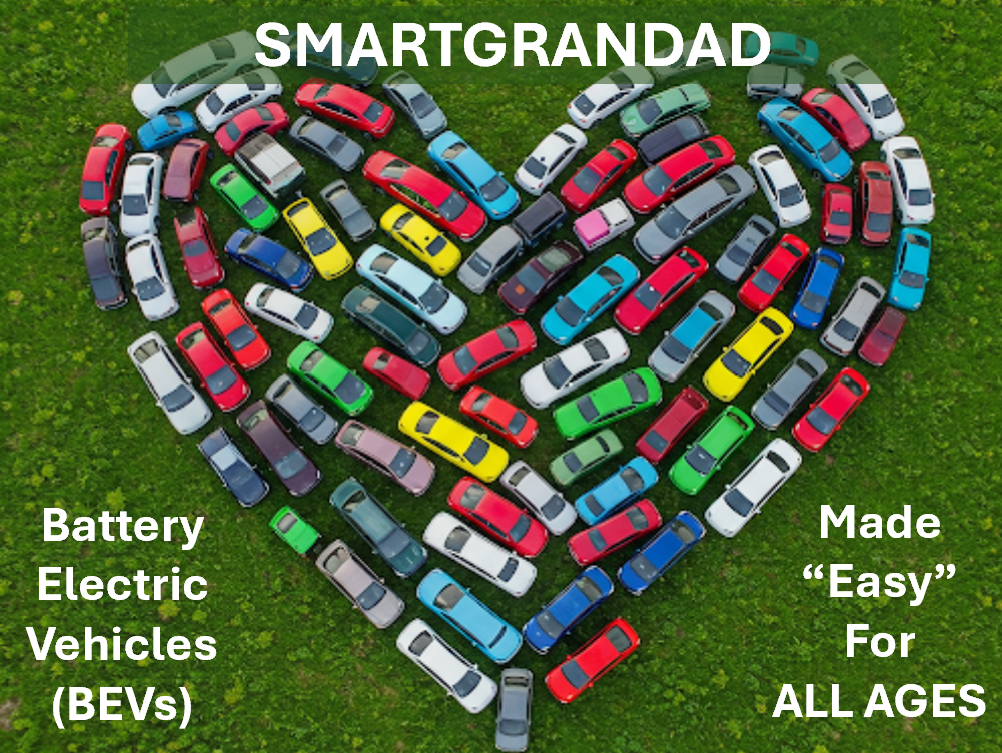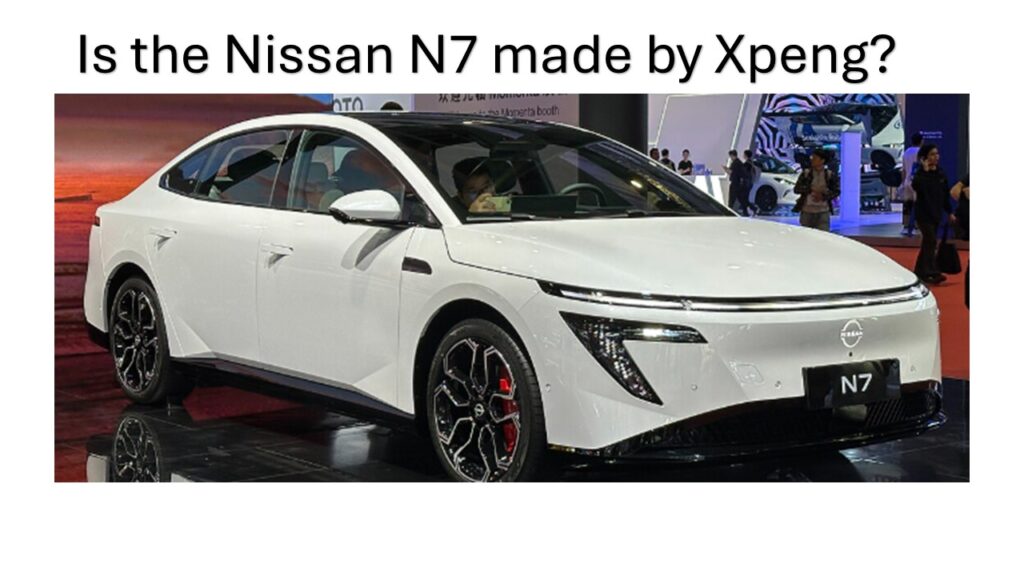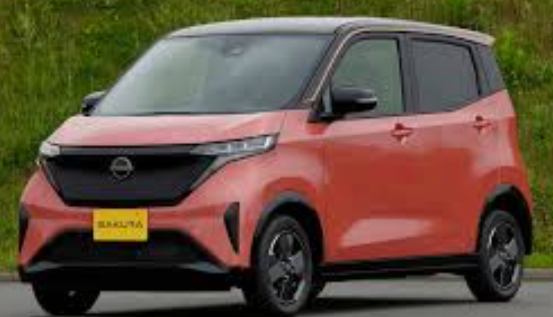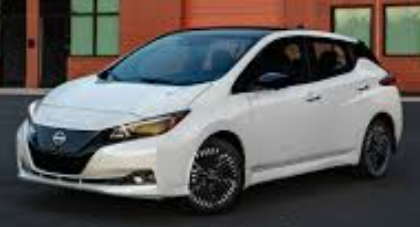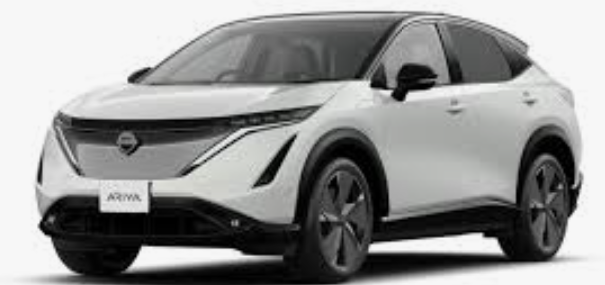Nissan N7
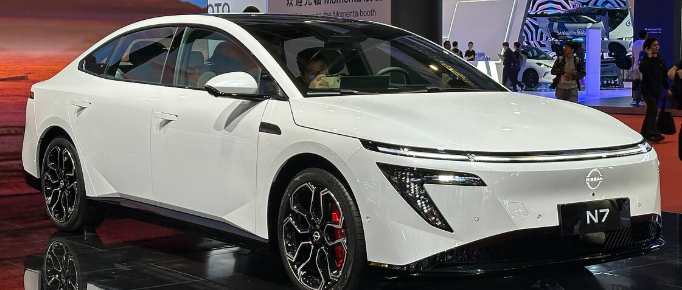
1. Body Style and Size Segment
The Nissan N7 is a 4-door sedan, classified as a mid-size (D-segment) vehicle, though its interior space rivals larger C-segment cars. Dimensions are 4,930 mm (length), 1,895 mm (width), and 1,487 mm (height), with a 2,915 mm wheelbase. Its exterior features a modern, minimalist design with a closed grille, split headlights, and full-width LED light bars with customizable animations.
2. Platform Architecture, Voltage, Range & Efficiency
The N7 is built on Nissan and Dongfeng’s new Tianyan Architecture, designed for EV, PHEV, and EREV models. It features a 400V electrical architecture. Powertrain options include 160 kW or 200 kW single-motor, front-wheel-drive configurations. Battery capacities are 58 kWh or 73 kWh LFP (Lithium Iron Phosphate) packs, yielding CLTC ranges of 510-635 km. Fast charging from 10% to 80% takes approximately 19 minutes, and it supports 6.6 kW external power output (V2L).
3. Technical Capabilities
The N7 incorporates a sophisticated suite of driver assistance features, co-developed with Momenta. This includes an advanced “Navigate on Autopilot” system for high-speed navigation assistance on highways and full-scenario intelligent parking. The infotainment system runs on Nissan OS with a 15.6-inch 2.5K central touchscreen, powered by Snapdragon 8155 or 8295P chips, and includes motion sickness mitigation software.
4. Interior Quality and Storage Capacity
The cabin emphasizes comfort with premium materials like suede-like microfiber and Alcantara-style upholstery. “Cloud Comfort” zero-pressure seats feature AI-driven adaptive posture adjustments and a 12-point massage function. Storage includes a 504-liter trunk (rear) and a center console compartment with heating and cooling capabilities.
5. App Functionality
Nissan has upgraded its dedicated smartphone app for the N7. This enhanced app allows for online maintenance appointments, real-time repair progress tracking, and provides a platform for a user community forum, supporting a streamlined customer experience.
6. 3 Pros and 3 Cons
Pros:
- Competitive pricing for its feature set and size.
- Spacious interior, offering more room than typical mid-size sedans.
- Advanced fast-charging capabilities (30-80% in 14 minutes).
Cons:
- Currently primarily aimed at the Chinese market.
- CLTC range figures are optimistic; real-world (WLTP) range would be lower.
- Relatively new platform and joint venture, long-term reliability yet to be fully established outside China.
7. Overall Summary
The 2025 Nissan N7 is a strong contender in the electric mid-size sedan segment, particularly in China. Compared to competitors like the Tesla Model 3, the N7 offers a larger physical footprint and potentially more interior volume at a highly competitive price point, along with advanced comfort features and robust charging speeds. Its focus on intelligent driving systems and a premium interior aims to differentiate it in a fiercely competitive market.
